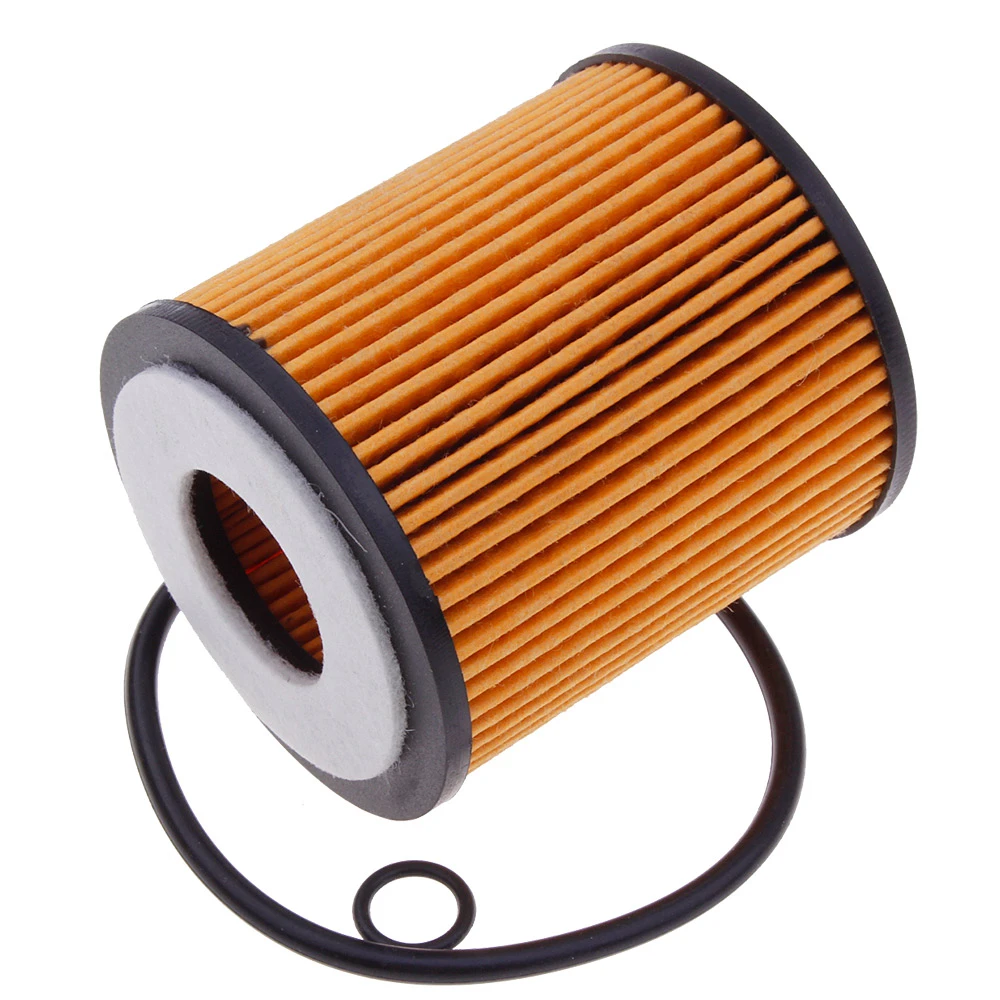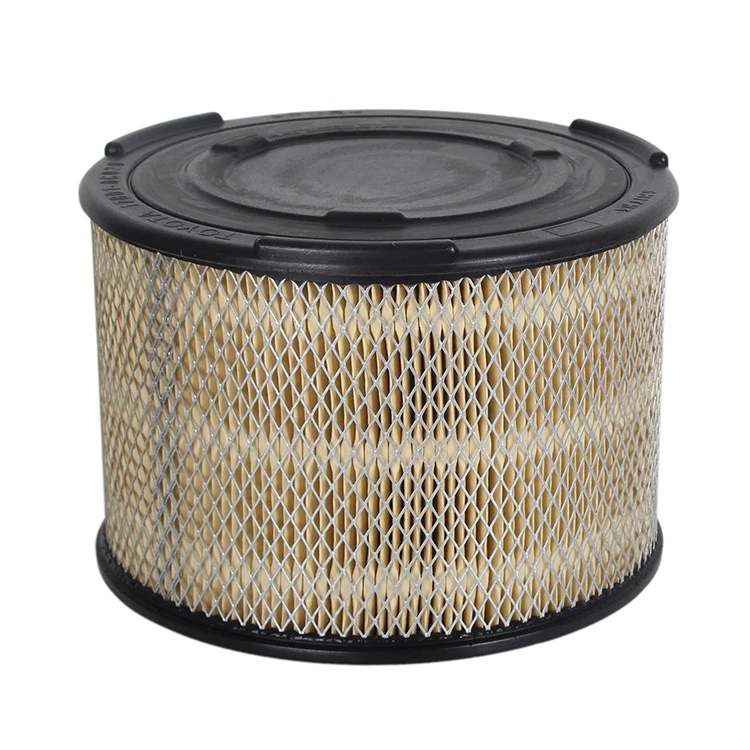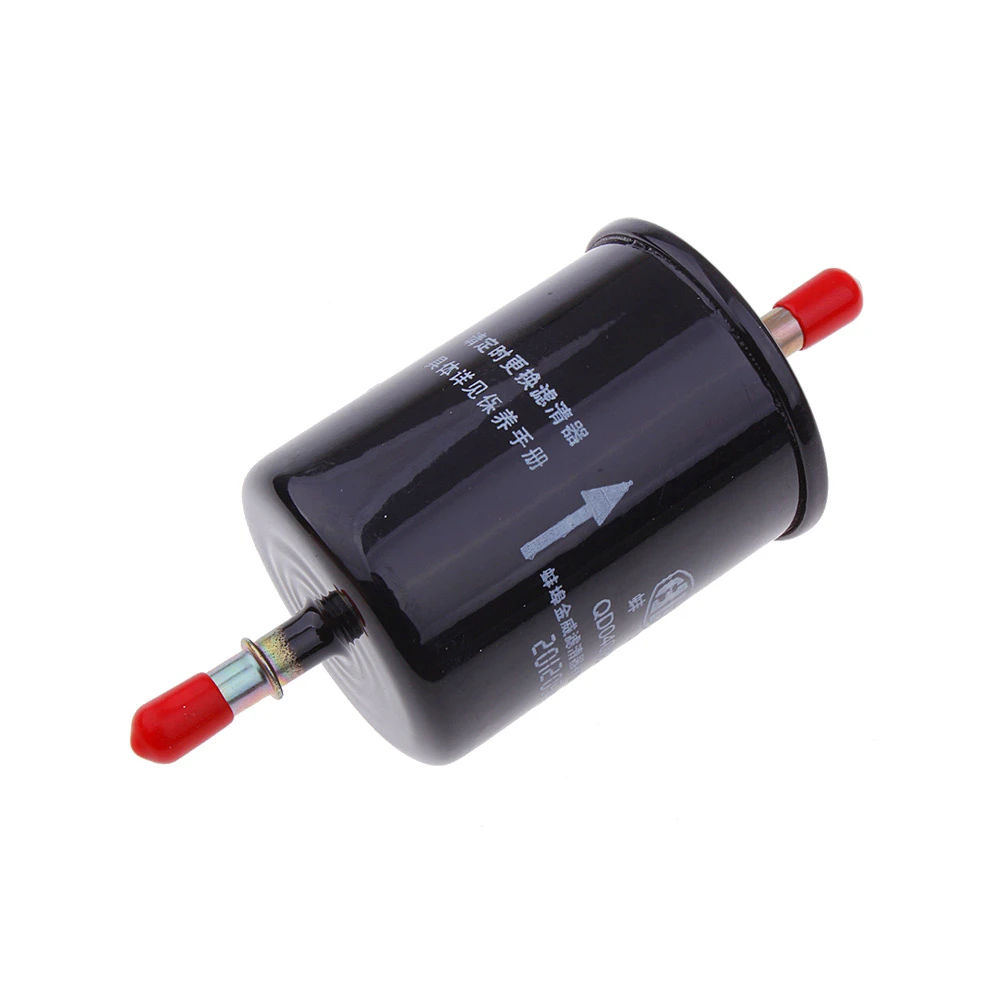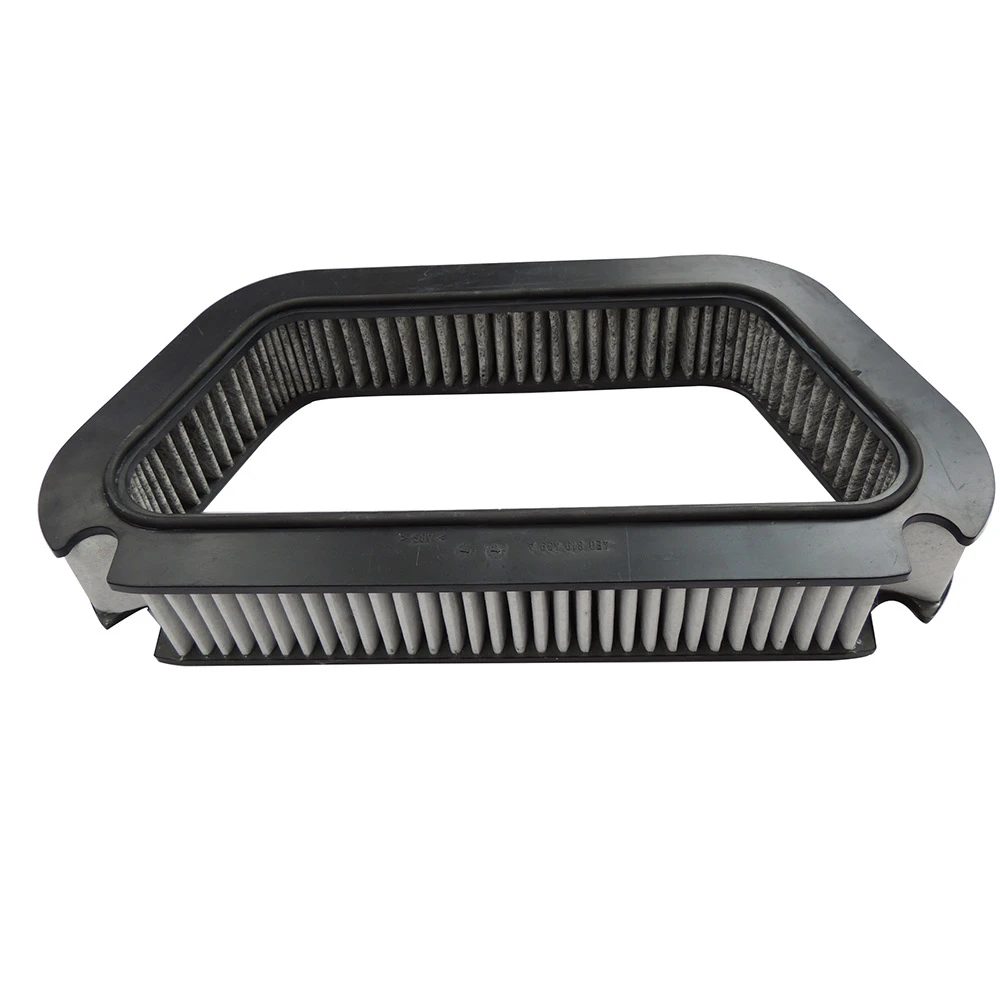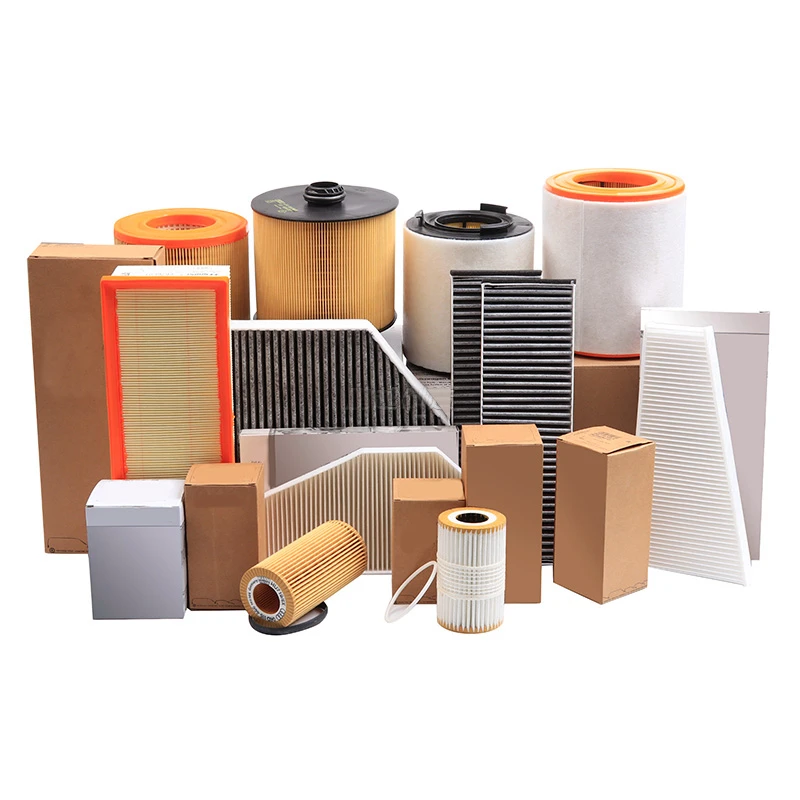
- Introduction to In Cabin Microfilter Cost: Understanding the Value
- The Technical Edge: Why In Cabin Microfilters Matter
- Cost Factors: Breaking Down Car Cabin Filter Cost
- Manufacturer Comparison: Table of Brands and Prices
- Customized Solutions for Diverse Vehicle Types
- Real-World Application Cases and Return on Investment
- Summary of In Cabin Microfilter Cost and Replacement Benefits
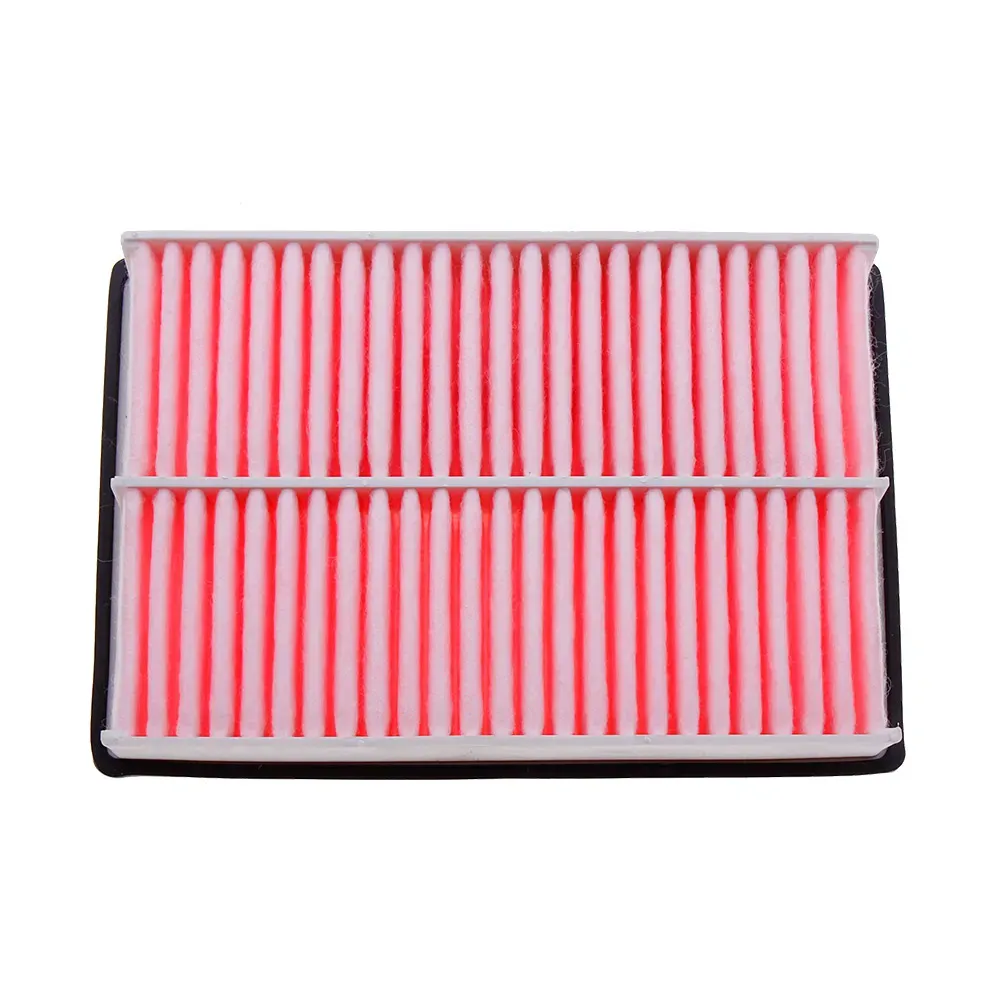
(in cabin microfilter cost)
Introduction to In Cabin Microfilter Cost: Understanding the Value
The cabin air filter, commonly known as the in cabin microfilter, is more than just another car component—it plays a pivotal role in maintaining interior air quality and supporting overall vehicle wellbeing. Understanding the in cabin microfilter cost
is essential, not only for budgeting maintenance expenses but also for grasping its direct impact on driver and passenger comfort. Recent consumer research indicates that the demand for advanced cabin filter solutions has increased, with over 70% of new vehicle buyers considering regular cabin filter changes a key part of their maintenance schedule. This guide delves into the complexities of car cabin filter cost and the variables involved, giving readers a comprehensive overview of modern microfilter technology, competitive brand pricing, custom-fit recommendations, and practical savings scenarios.
The Technical Edge: Why In Cabin Microfilters Matter
The development of in cabin microfilter technology signifies a leap forward in automotive air quality management. Traditional filters primarily blocked large particles, while today's microfilters utilize multi-layer HEPA or activated charcoal technologies—capable of trapping pollen, fine dust (PM2.5), allergens, and even some microbial contaminants. Testing by the Environmental Protection Agency (EPA) shows HEPA-equipped filters can capture up to 99.97% of particles as small as 0.3 microns, substantially reducing occupants' exposure to pollutants.
Technical innovations now extend to anti-microbial coatings and enhanced airflow designs, improving both longevity and performance. For example, specialized carbon cabin filters have shown in laboratory settings to neutralize unpleasant odors up to 40% more efficiently than standard filters. These performance traits directly correlate to cost, as more advanced designs may increase the initial purchase but often extend service intervals. This underscores the importance of reviewing both upfront cost and lifecycle savings when considering the best solution for any car.
Cost Factors: Breaking Down Car Cabin Filter Cost
The cost for cabin air filter replacement can differ widely, based on several key factors. First, the vehicle make and model dictates filter design, with luxury models or those requiring unique fitments charging a premium. On average, replacement costs range from $15–$25 for entry-level paper filters, $30–$50 for advanced electrostatic versions, and up to $70–$100 for high-grade HEPA or carbon-infused filters.
Labor costs, if professionally installed, add another $20–$60 to the bill, depending on the complexity of the vehicle's dashboard or HVAC configuration. According to a 2023 survey of automotive service centers nationwide, the average all-inclusive cost for cabin filter replacement stands at $45–$130.
In an economy where every dime matters, considering do-it-yourself installation—which many manufacturers now support with tool-free designs—offers meaningful savings. Further, the replacement interval (usually every 15,000–30,000 miles or annually) will influence ongoing maintenance budgets. Choosing a higher-quality filter may boost upfront costs but can supply cleaner air for longer, reducing total changes required over the vehicle's life.
Manufacturer Comparison: Table of Brands and Prices
To help demystify the value proposition for different types of cabin filters, consider the following comparison table, showcasing popular brands, filter types, and price points as found in online and dealership parts retailers in 2024. These costs represent average authorized retail pricing and assume standard passenger vehicle applications.
| Manufacturer | Filter Type | Filter Efficiency | Price (USD) | Recommended Replacement Interval |
|---|---|---|---|---|
| MANN-FILTER | Activated Carbon | Up to 95% (PM2.5) | $32 | 15,000 miles |
| Bosch | HEPA / Particulate | 99.97% (0.3 microns) | $39 | 20,000 miles |
| FRAM | Standard Paper | 80–85% | $19 | 12,000 miles |
| ACDelco | Electrostatic | 95–99% | $28 | 15,000 miles |
| K&N | Washable/Reusable | Up to 96% | $42 | Reusable (clean as needed) |
As shown, pricing scales with both technology and brand reputation. HEPA and carbon filters command higher prices due to superior trapping capability. Meanwhile, reusable filters offer long-term savings, especially for high-mileage drivers.
Customized Solutions for Diverse Vehicle Types
Selecting the optimal cabin filter solution calls for alignment between the vehicle's unique attributes and the owner's driving environment. For urban commuters, especially in regions with high pollution or pollen counts, HEPA or multi-layer carbon filters significantly enhance air quality. Rural or off-road drivers may prefer filters that focus on dust protection and durability.
Newer vehicles often feature “smart” HVAC systems that can accommodate higher-grade filters without reducing airflow. For older models, sticking to OEM-recommended part numbers mitigates risk of fitment and compatibility issues, although premium aftermarket solutions exist with adaptive sizing.
Some brands now offer specialized filters incorporated with anti-bacterial or anti-viral treatments, ideal for families or allergy-sensitive individuals. The choice between disposable and reusable filters is another factor: while reusable filters like those by K&N require periodic washing, they can last the lifetime of the car, offsetting higher upfront prices.
When estimating the total car cabin filter cost, it pays to match the product’s attributes to your region’s specific environmental challenges, vehicle configuration, and personal health priorities.
Real-World Application Cases and Return on Investment
Practical evidence supports the real-world value of investing in quality cabin filter solutions. In a case study conducted by a Midwest taxi fleet operator in 2022, switching to HEPA-grade in cabin filters reduced driver-reported allergic incidents by 60% and significantly improved customer satisfaction scores. In another example, a rideshare service based in Southern California found that upgrading to carbon-infused filters not only eliminated recurring odor complaints but also reduced HVAC system wear—resulting in 15% fewer climate system repairs over 24 months.
Additionally, consumer reports reveal a direct relationship between the cleanliness of cabin air and occupant health, with studies indicating that effective microfilters can reduce the onset of in-car allergy symptoms by up to 53%. Accounting for both medical cost savings and improved comfort, owners often recover the incremental cost of higher-grade filters within a single vehicle service interval.
Large company fleets, particularly in urban centers, are shifting to proactive multi-year filter replacement programs, leveraging volume discounts to lower the per-unit car cabin filter cost and ensure ongoing air quality for employees.
Summary of In Cabin Microfilter Cost and Replacement Benefits
When budgeted against vehicle longevity and health dividends, the in cabin microfilter cost is a prudent investment for any car owner. Filter technology continues to evolve, giving rise to options that balance upfront cost with maximum efficiency and long-term value. Manufacturer comparisons illustrate differing approaches to air filtration, while real-world cases prove the tangible benefits of choosing quality solutions.
In summary, balancing the initial cost for cabin air filter replacement against improved air quality, reduced HVAC maintenance, and enhanced occupant health creates a strong position for informed consumer decision making. Whether selecting a premium HEPA filter for city air or a durable reusable model for heavy use, understanding these variables empowers car owners to invest wisely in their vehicle’s interior environment.
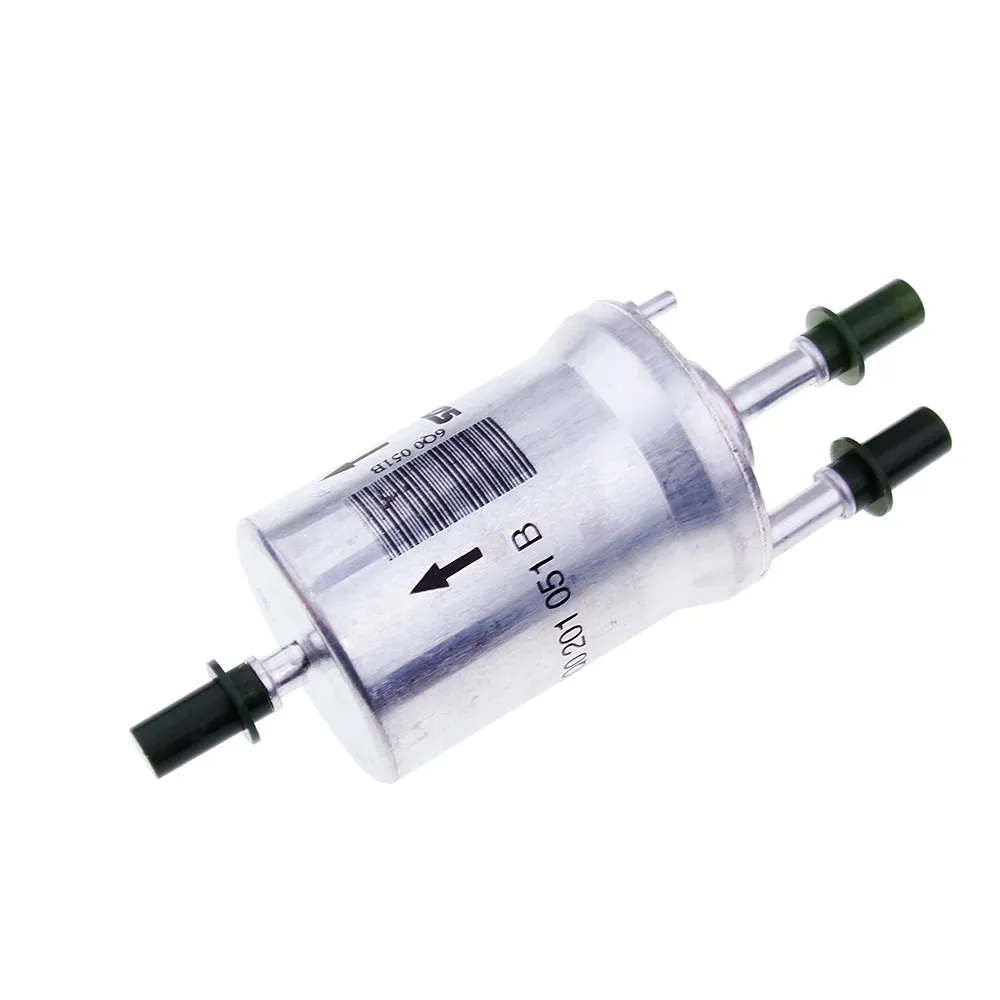
(in cabin microfilter cost)
FAQS on in cabin microfilter cost
Q: What is the average in cabin microfilter cost?
A: The average in cabin microfilter cost typically ranges from $15 to $50 for most vehicle models. Prices can vary depending on the brand and vehicle type.Q: How much does car cabin filter cost with professional installation?
A: With professional installation, car cabin filter cost usually falls between $40 and $100. Labor charges can increase the total cost compared to a DIY replacement.Q: What affects the cost for cabin air filter replacement?
A: The cost for cabin air filter replacement depends on your vehicle model, filter quality, and labor rates. Luxury or rare models may have pricier filters and higher labor fees.Q: How often should I budget for in cabin microfilter cost?
A: Most manufacturers recommend replacing the in-cabin microfilter every 12,000 to 15,000 miles. Regular replacement ensures clean cabin air and maintains proper HVAC system function.Q: Are there ways to reduce the car cabin filter cost?
A: You can save on car cabin filter cost by purchasing aftermarket filters and replacing them yourself. Always check your vehicle's manual for compatibility before buying and installing a filter.-
Vehicle Performance with Premium Car Filter SolutionsNewsJul.02,2025
-
Upgrade Engine Performance with Timely Air Filter MaintenanceNewsJul.02,2025
-
Optimize Vehicle Health with Timely Air Filter ReplacementNewsJul.02,2025
-
Every Drive with Next-Level Car Filtration SystemsNewsJul.02,2025
-
Driving Comfort with Advanced Air Filtration SystemsNewsJul.02,2025
-
Cleaner with Next-Generation Automotive Air FiltrationNewsJul.02,2025
-
The Importance of Cabin Filter and Engine Filter: The Role and Maintenance of Cabin Filter and Engine FilterNewsJun.25,2025
Related Products
